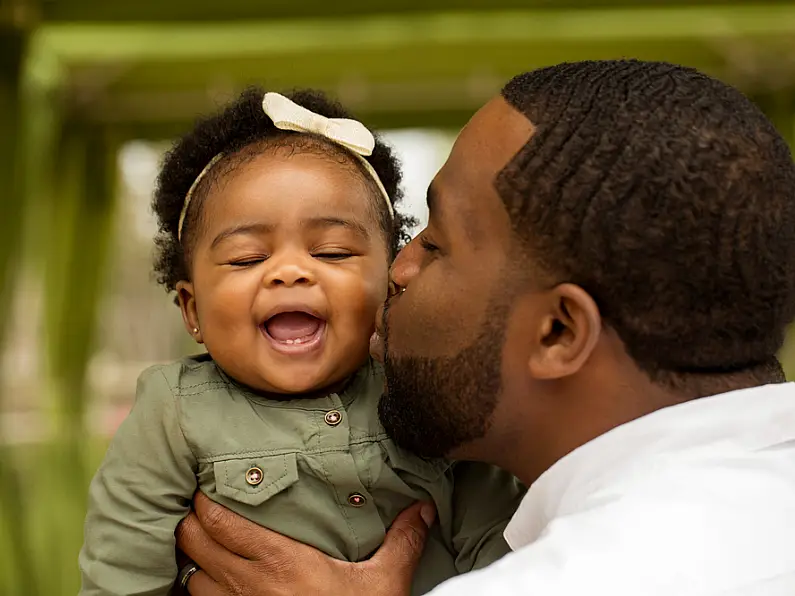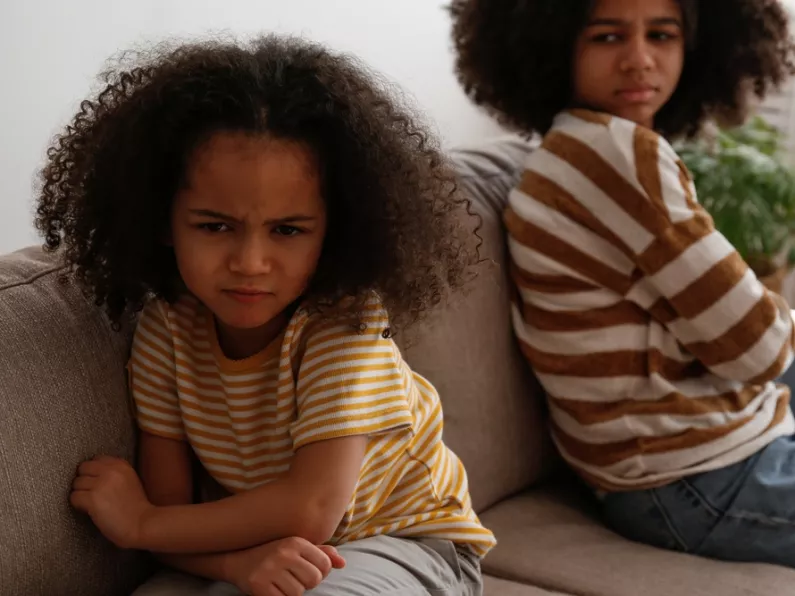The World Health Organization (WHO) estimates that 36% of Jamaican children aged between 13 and 15 are overweight or obese, placing them at increased risk for Type 2 diabetes, heart disease, and some cancers.
These are the kinds of conditions which the WHO says cause up to 80% of deaths in Jamaica annually.
But the American Academy of Pediatrics has now published its first comprehensive guidance in 15 years that highlights more evidence than ever that obesity treatment is safe and effective.
Evidence-based recommendations on medical care for those age 2 and older are included within a new "Clinical Practice Guideline for the Evaluation and Treatment of Pediatric Obesity," published in the February 2023 Pediatrics.
Obesity in children and teenagers: updated guidance
"Weight is a sensitive topic for most of us, and children and teens are especially aware of the harsh and unfair stigma that comes with being affected by it," said Sarah Hampl, a lead author of the guideline created by a multidisciplinary group of experts in various fields, along with primary care providers and a family representative.
"The goal is to help patients make changes in lifestyle, behaviors or environment in a way that is sustainable and involves families in decision-making at every step of the way.
"The medical costs of obesity on children, families and our society as a whole are well-documented and require urgent action.
"This is a complex issue, but there are multiple ways we can take steps to intervene now and help children and teens build the foundation for a long, healthy life."
Evidence-based recommendations
The new AAP guideline contains key action statements, which represent evidence-based recommendations for evaluating and treating children with overweight and obesity issues and related health concerns.
These recommendations include motivational interviewing, intensive health behavior and lifestyle treatment, pharmacotherapy and metabolic and bariatric surgery.
The approach considers the child's health status, family system, community context, and resources.
The guideline discusses increased risks for children with special health care needs, as well as inequities that promote obesity in childhood, such as the marketing of unhealthy food, low socioeconomic status and household food insecurity.
The role of structural racism has played in obesity prevalence is also discussed.
Treatment recommendations
The AAP also recommends:
- Comprehensive obesity treatment may include nutrition support, physical activity treatment, behavioral therapy, pharmacotherapy, and metabolic and bariatric surgery
- Intensive health behavior and lifestyle treatment, while challenging to deliver and not universally available, is the most effective known behavioural treatment for child obesity. The most effective treatments include 26 or more hours of face-to-face, family-based, multicomponent treatment over a 3- to 12-month period
- Evidence-based treatment delivered by trained health care professionals with active parent or caregiver involvement has no evidence of harm and can result in less disordered eating
- Physicians should offer adolescents ages 12 years and older with obesity weight loss pharmacotherapy, according to medication indications, risks and benefits, as an adjunct to health behavior and lifestyle treatment
- Teens age 13 and older with severe obesity, defined as a BMI that's 120% or more of the 95th percentile for age and sex, should be evaluated for metabolic and bariatric surgery.
Public health policies
The AAP encourages strong promotion of supportive payment and public health policies that cover comprehensive obesity prevention, evaluation, and treatment.
The guideline calls for policy changes within and beyond the health sector to improve health and wellbeing of children.
Policy changes should address structural racism that drives alarming and persistent disparities in childhood obesity, according to the guideline's executive report.









